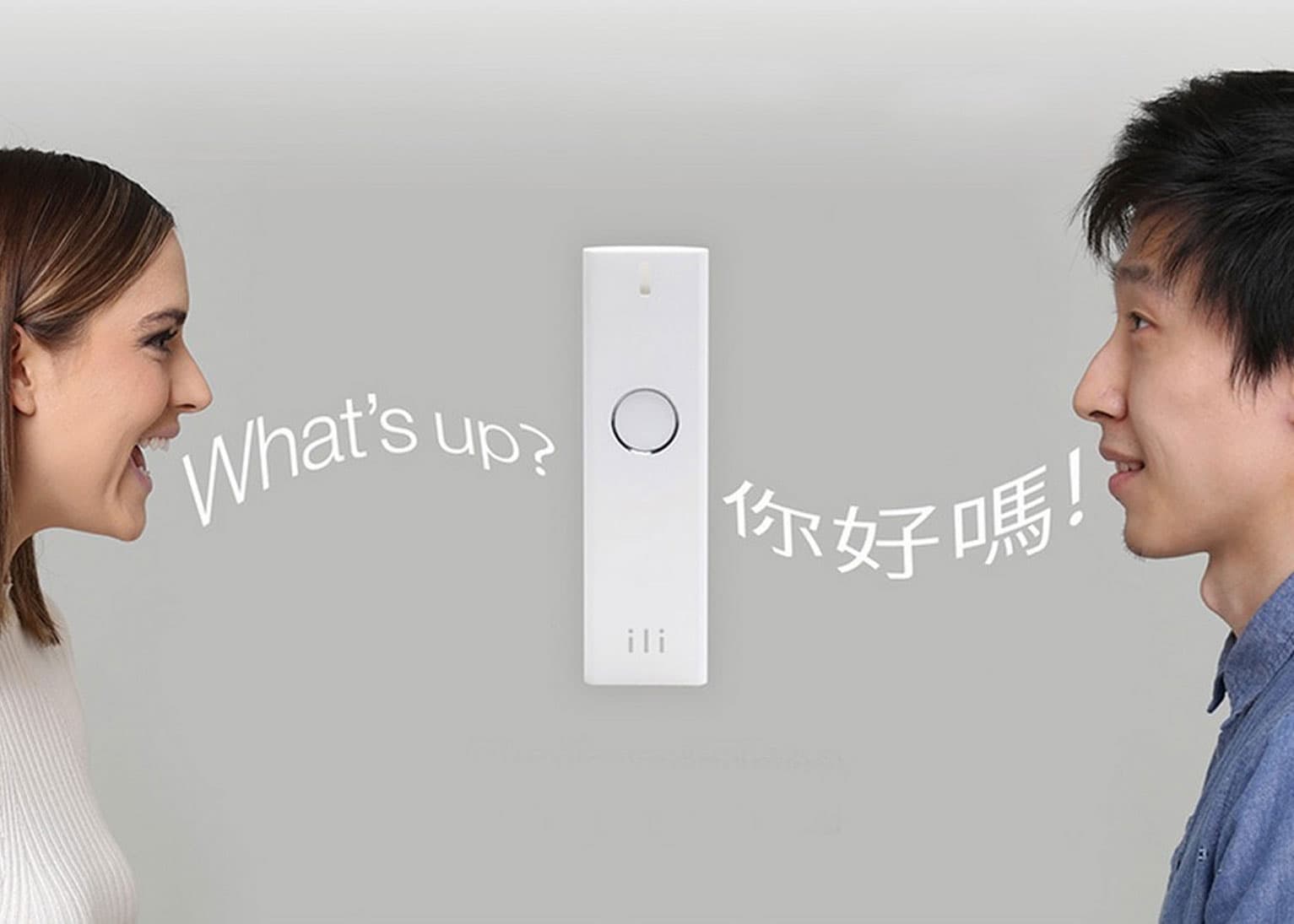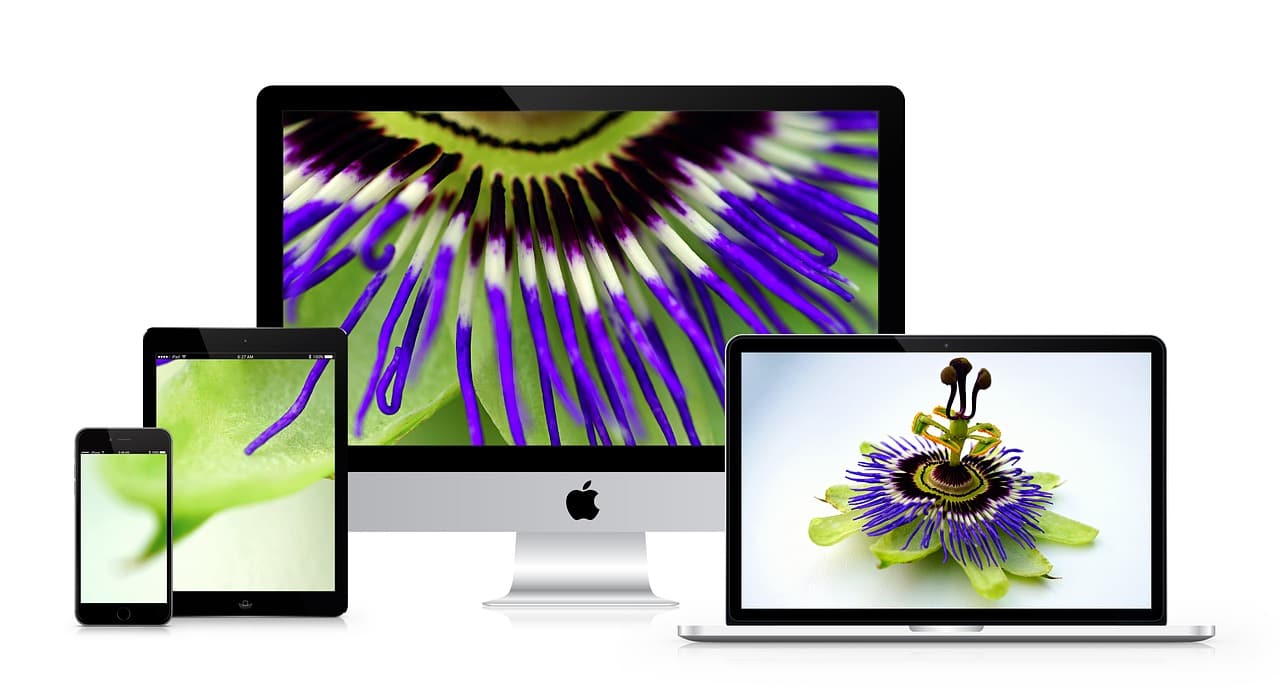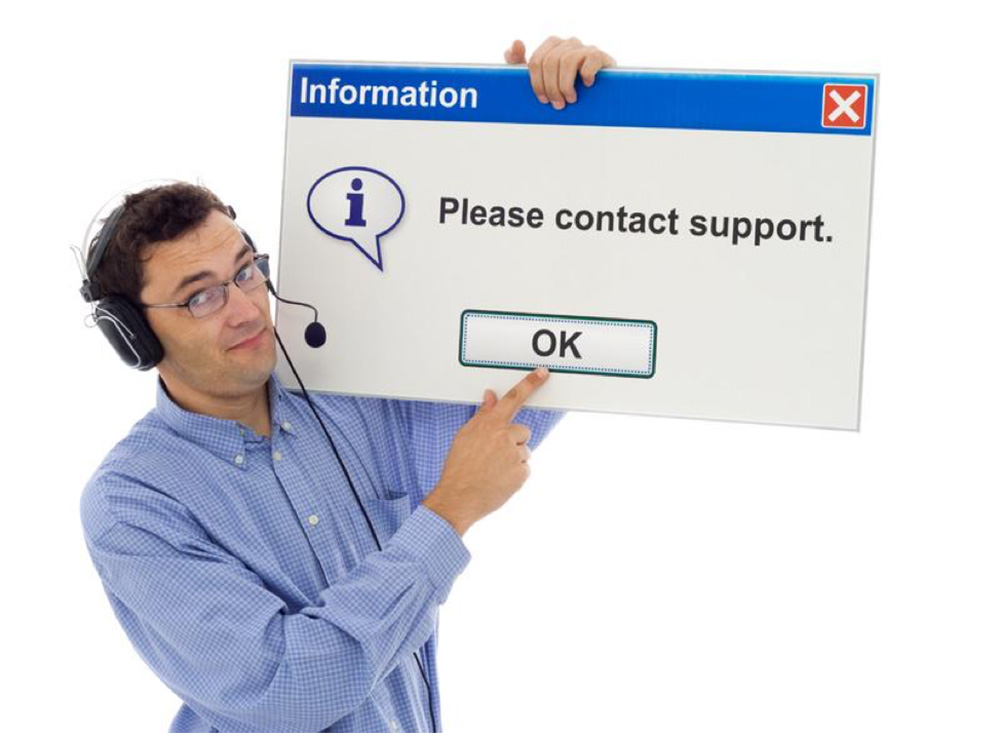When traveling to foreign countries whether for business, sightseeing or other personal reasons, it can be quite challenging to communicate due to language barriers. Many are the times you have found yourself in an awkward situation struggling to speak the local language to no avail. Think of a situation where you are traveling from the USA to China with no clue of how to even say hey in Chinese. Wouldn’t it be devastating? And as for learning a new language, you may not have the time or even mental ability to learn a new language especially if you frequently visit different countries. However, the advancement of technology has escalated communication to a whole new level with the invention of translators. These devices have are the new answer to paper dictionaries and have made communication much easier than before.
What Exactly Are Translator Devices?
Translator devices are handheld devices that are specially designed for audio or text translation. Some allow you to type words or phrases to be translated while others can perform speech to speech translations. Whichever way, these devices allow you to toggle through different languages.
There are many types of translators, and each type comes with advantages and disadvantages. For instance, text-to-text translators require literacy for those you’re trying to communicate with, which is not always the case. On the other hand, speech-to-speech translators do not require literacy. Some translators require internet connection while others like Ili translator device do not require an internet connection to function.
A Translation App or A Device?
Many would be familiar with various translation apps. Translation apps are installed in smartphones and iPhones with Google translate topping the list. These apps usually require an internet connection although some may have some offline capabilities. Although many of the apps are free to use, a well-designed translation device may do a better job. It may relieve you on battery and data usage issues that come with the use of smartphones.
Benefits of Translator Devices
Having a translator device comes with some valuable benefits to travelers. First, they can help translate content quickly saving you time unlike having to check the words in dictionaries which can take quite some time. Purchasing the device may be expensive at first, but it saves you a lot in the long run. The devices also have the ability to translate in many languages which also saves money unlike having to hire a translator for every language.
Cons
These devices also have some weaknesses. The communicative quality of the translations may not be as accurate as for human translations. The devices cannot solve ambiguity or translate cultural metaphors on a particular context. When it comes to matters that require utmost correctness like a high business deal conversation, they may not provide the required quality.
Are The Devices Worth It?
Although the devices are not 100 % accurate like a human translator, investing in one may help you kill the language barrier for all your travel related tasks. However, in sensitive cases such as business and legal areas, you may have to consider hiring a human translator. But if you are traveling for honeymoon, sports, or tours, get one and it will help you interact with the people and experience the culture of the area you have visited.










